Now is a great time to boost the life of no dig soil with new compost and other mulches, wherever you can find space to spread them. Growth here is still strong after a warm and sunny October with decent rain by night! Most beds in this temperate climate can still be growing plants, including new plantings.
The feature photo is 26th October.
Weather and light
The last two months have balanced to some extent the dry summer. September and October have contributed 40% of the year’s 505mm/20in rainfall, over 200mm in the two months compared to 86mm in the three months of summer – see my weather reports.
November will not see growth like this! Even if the temperature stay above average, the lack of light means new leaves are thinner and smaller. Plants which show most growth are those with already-strong root systems, such as leeks, kale, spinach and Brussels sprouts.
- On a personal note, I was thrilled in late October to hear that Edward had won the Paul Mellon Centre’s British Art in Motion award. It’s for his documentary about the 1930s, through a study of Edinburgh’s Southern Motors garage by architect Basil Spence.
- Allotment support, please sign this petition to protect a Lincoln allotment site from being built over.


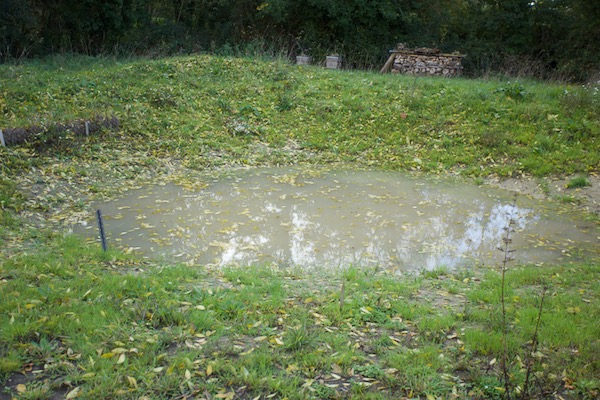
Homemade compost
You can still make new heaps now as long as you have sufficient green material. This could be fresh green leaves for another few weeks, and then as we go towards winter it becomes materials like coffee grounds and fresh horse manure. Green provides volume, warmth, and bacterial breakdown.
Ideally to these greens, add a quarter to a third of brown materials. These include any woody material in small pieces, soil, paper, cardboard and wood ashes.
When you add different materials in layers you don’t need to physically mix those layers, The microbes do a great job of that. Layer thickness could be 5cm/2in green and 1cm/half inch brown, roughly!
Brown heaps
If your main add is browns, you will have a more slowly decomposing heap with mainly fungal action. An example is leaf mould which can take two years to become compost. You can speed it up to one year, by running a lawnmower over tree leaves and adding grass.
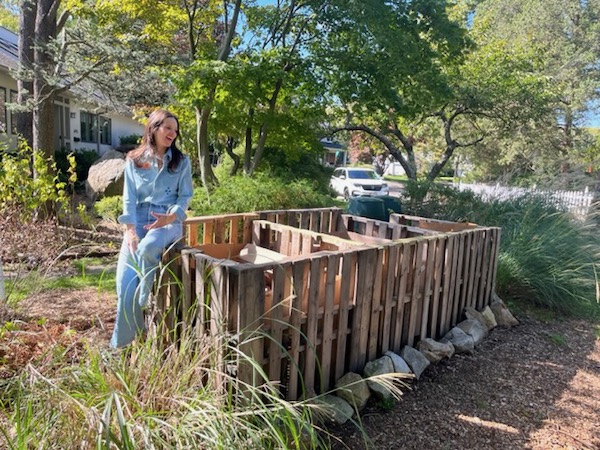
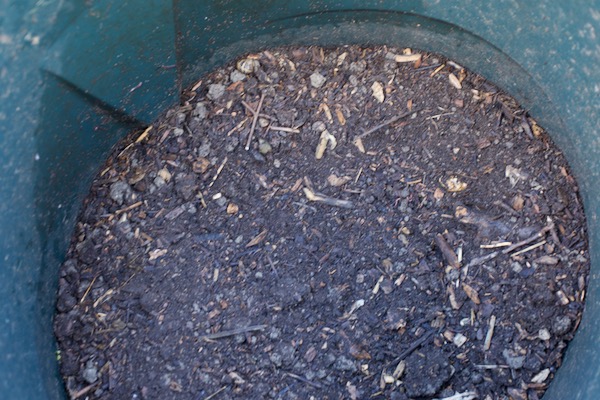
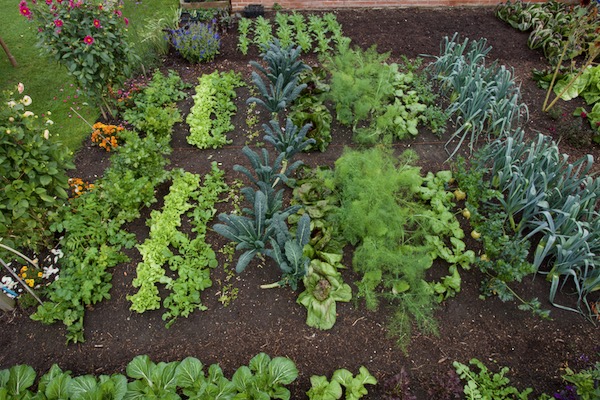
Spreading compost now for no dig
It’s that time again. Late autumn is when earthworms and other soil life are looking forward to a good meal of organic matter landing on the surface, from tree leaves and plants dying as the season finishes. We replicate and multiply this by spreading compost as a surface mulch. There is no need to sieve it
The word mulch means any material on the surface. Surface compost has many advantages including it’s high concentration of microbial life, a variable amount of nutrients which are not water soluble, and minimum habitat for molluscs including slugs.
Path soil
Now is a good time to feed the soil life in your paths. A thin 2-3 cm depth of preferably small wood chips serves to keep path soil in top condition. Then it’s more able to offer passage for roots which can feed and find moisture, these roots are under your feet during the growing season. Chips of any type of tree are good to use, including conifers.

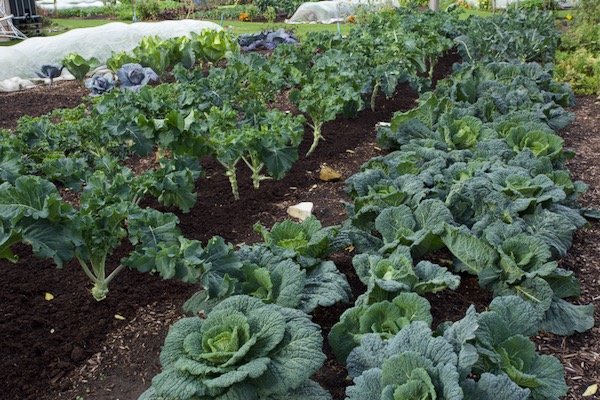
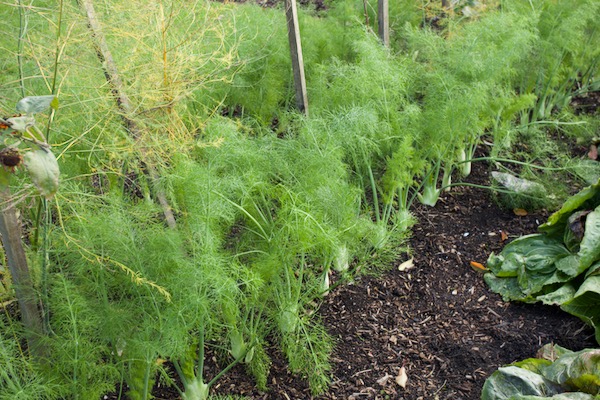
Other sources of fertility
When working in the Inner Hebrides 1981, on Iona, I observed the islanders spreading a lot of seaweed on their gardens in the autumn. Then most of it had decomposed before spring, adding lots of organic matter to the sandy soil below, with a fine nutrient balance. They laid seaweed up to 15cm/6in thick and without washing out the salt, despite what you may hear.
In the spring after doing this, you often need to remove seaweed stems. At least before you can put in seeds or small transplants.
Qualities of different composts
I’ve been running a trial all year of different composts in these sacks, and the first harvest was in July of potatoes. I had planted them in April, two per sack which could have been one, of Charlotte. We have made a video about both plantings and shall release it before Christmas.
The leek harvest was mid October, with many of the leaves showing pale green verging on yellow. Som could have grown more, especially the mushroom and homemade composts.

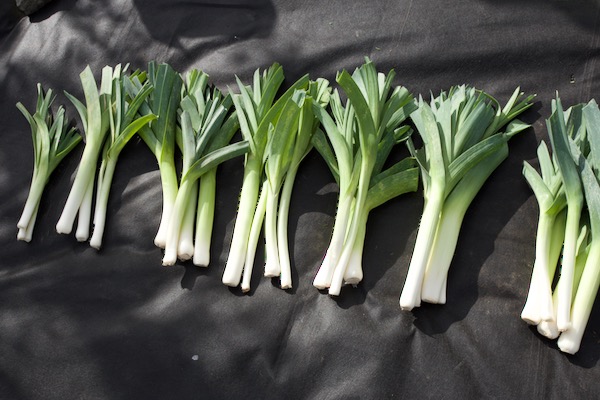
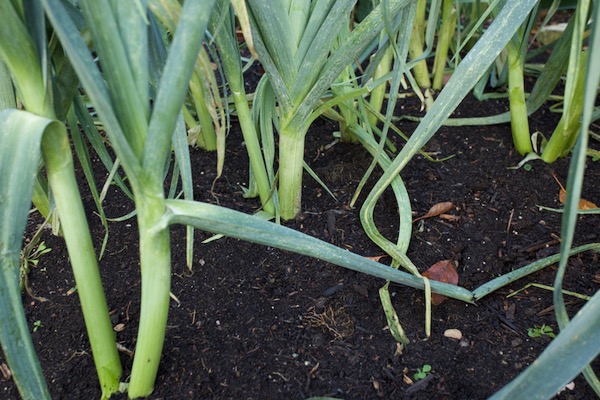
New Books
It’s been a busy year in every way, also with my Skills book and the annual Calendar, which we offer as a bundle.
The cookbook is shipping from 5th November, you can preorder now. We are holding a launch event in a café in Saint Werburgh’s Bristol, on 10th November. Book soon if you want to place because there are only 40 remaining.
The Children’s book will preorder from us in early January, and is online to preorder at Waterstones now.

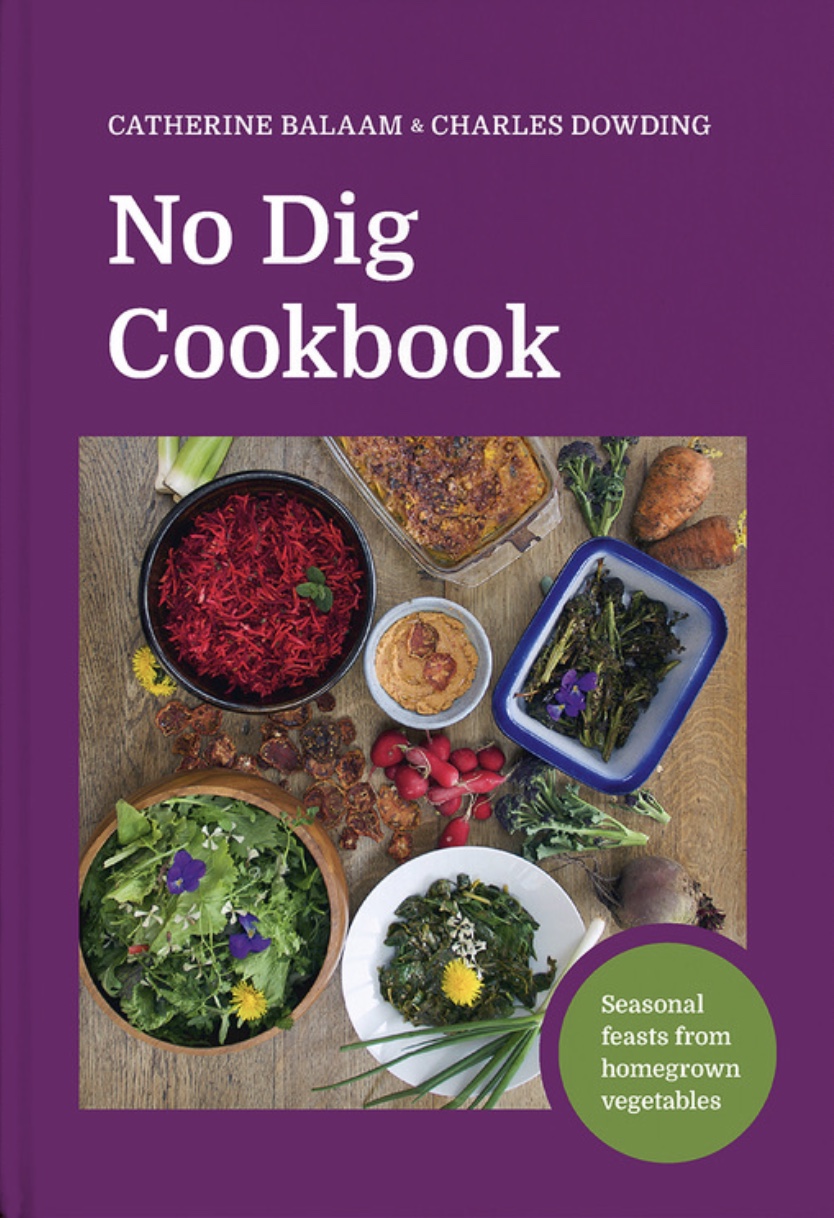
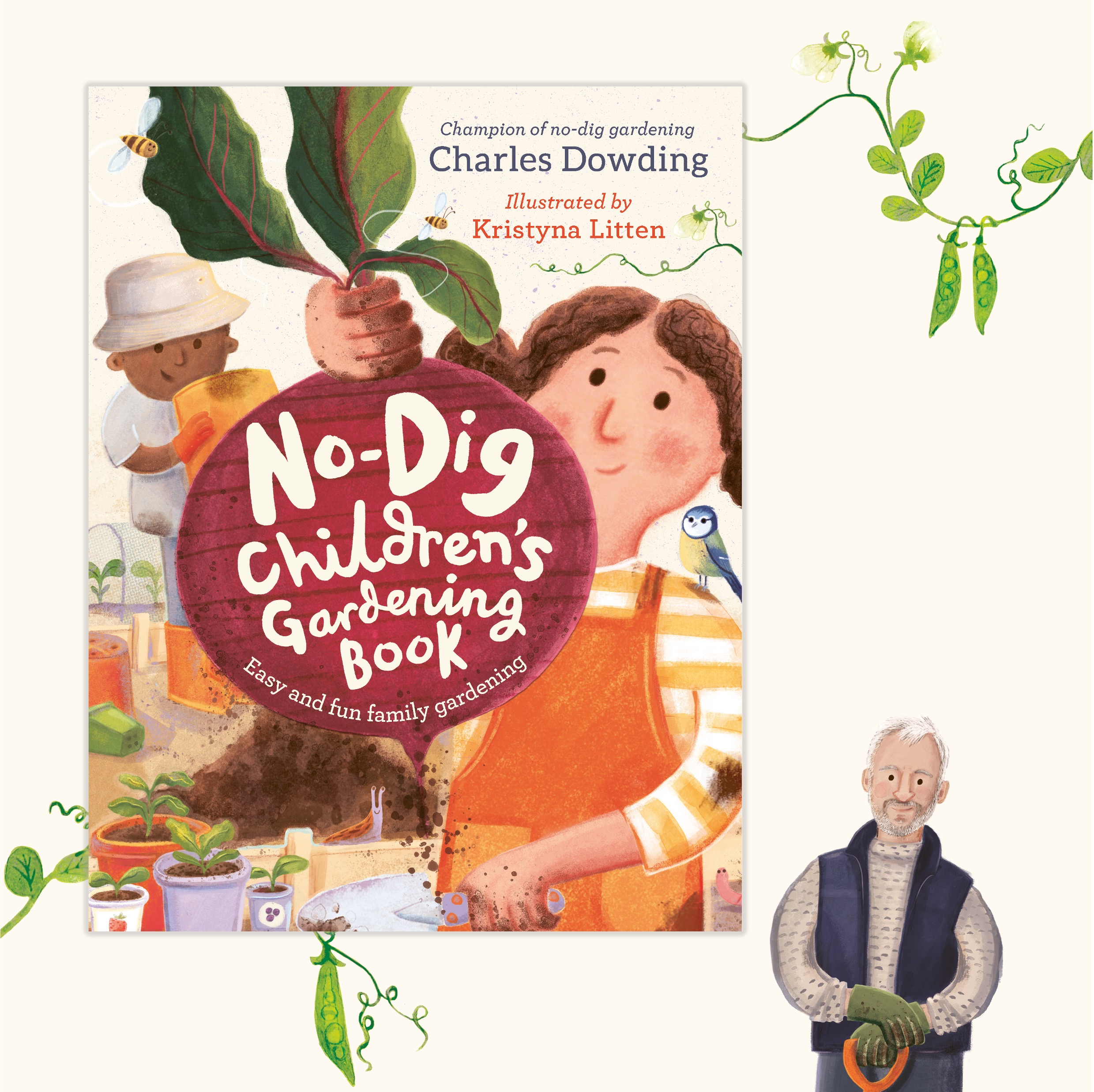
Promoting no dig
We are doing a lot and want the international day of no dig celebration to be a joyful occasion, widely publicised. We look forward to seeing your exploits and are already receiving some lovely entries for the children’s garden competition.
On 3rd at 11am I’m doing an Instagram live with Gardens Illustrated. Part of this is a competition on their website, where you have the chance to win my No Dig book.
Edward filmed me in a video to preview no dig day, and our small garden video is appearing 31st October.


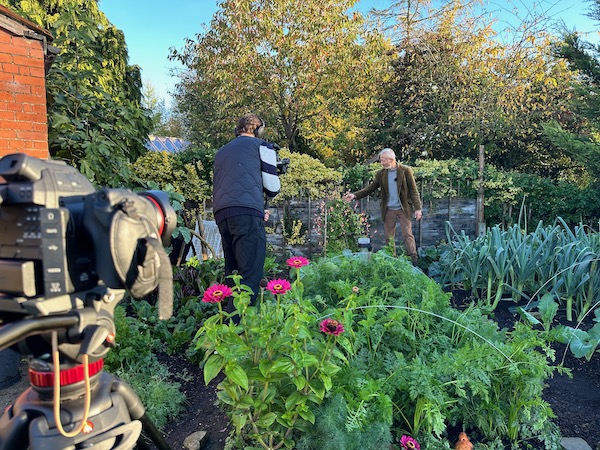
Brassicas with no dig and surface compost
When I started gardening 40 years ago, these were always called “heavy feeders”. Yet with no dig you can treat them the same as all other plants. For example every bed here has the same amount of compost spread on it, around 2.5m/1in annually..
- A compost mulch means fertility is always high. See the third photograph below, with large cabbages growing in the eighth consecutive year in the same bed. Learn much more in my grow-cabbage online lesson.
More importantly, I pay a lot of attention to pest control, so important for brassicas.
- No dig helps because the moisture retained by undisturbed sol and compost mulch reduces whitefly and aphid populations.
- We spray Bacillus thuringiensis over the top of brassica plants, every 18 days from 10th July to mid October. It’s a soil bacteria which has the effect of making leaves in the adjustable two caterpillars only. Buy it now for next summer, it’s in dry powder form and stores for years.
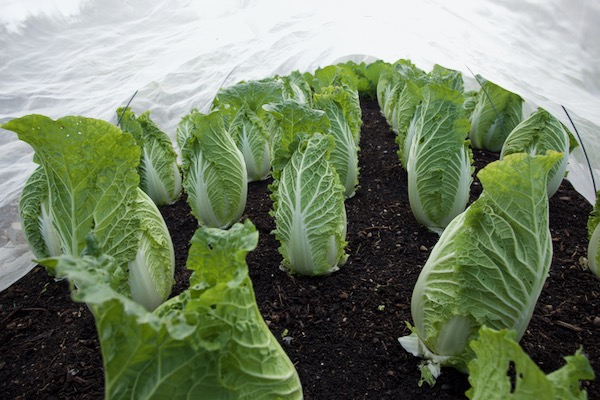

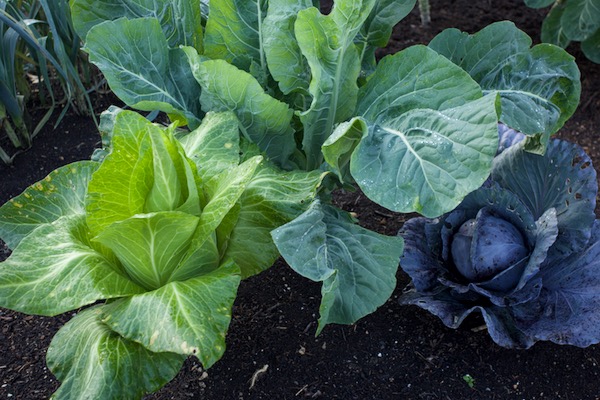
Weed Control with no dig and surface compost
I had a question on Instagram about couch grass shooting up in many places after mulching – what to do? The photo looked dramatic and showed that there were a lot of strong roots in the soil. A subsequent message revealed that the plot owner had used thin packaging cardboard, and this is not sufficient to delay rapid regrowth of couch grass. If you have that situation, use even a double layer of thick cardboard.
I suggested to buy or scrounge a large sheet of black plastic – simple black polythene, not woven polypropylene- to cover the whole plot including paths, until mid March, even early May if planting courgettes, sweetcorn etc. You could roll it back in stages, and you can use it again. Make a few slits to let rain through in winter, and remove any green shoots of new couch grass leaves, when still small. And treat other perennial weeds the same way.
Annuals or perennials
Annual weeds are best tackled small, even at two leaf stage which means they’re pretty well invisible. If you can disturb them at this point, using a trowel or hoe and preferably on a dry day, they should die without needing to be removed.
Whereas perennial weeds do not die so easily and I put them on the compost heap, toots and all. As you can see in the photo below of bindweed roots, which I had levered out with a trowel, and some were from a heap of delivered compost which they were growing in, from my soil below the heap. Hence very long!

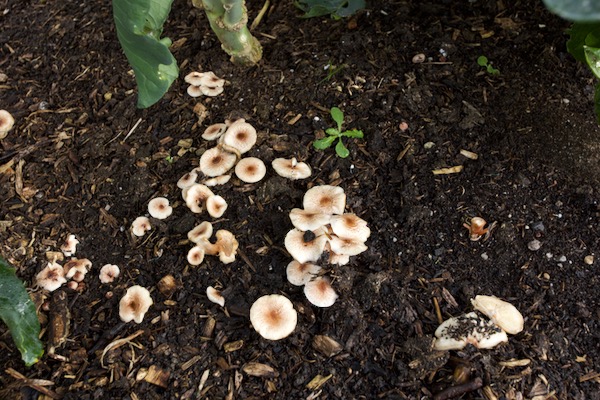
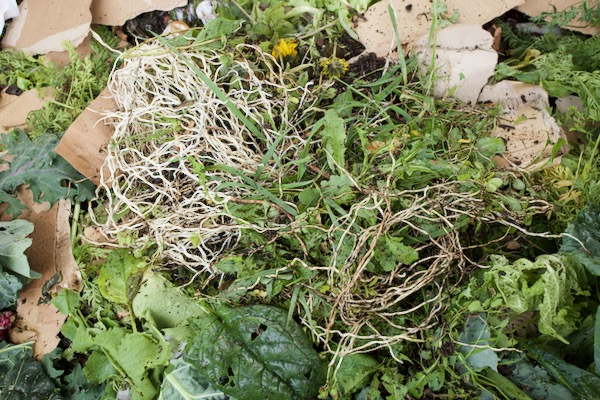
Bindweed, Convolvulus and Calystegia
The exception is bindweed, because of how it does not grow during winter. Therefore any cardboard or plastic applied now on bindweed roots will have little effect until April. It may still be worth mulching for other weeds, but be ready in April and onwards to keep removing growth of new bindweed shoots, which will appear through the mulch you have applied now or in the winter.


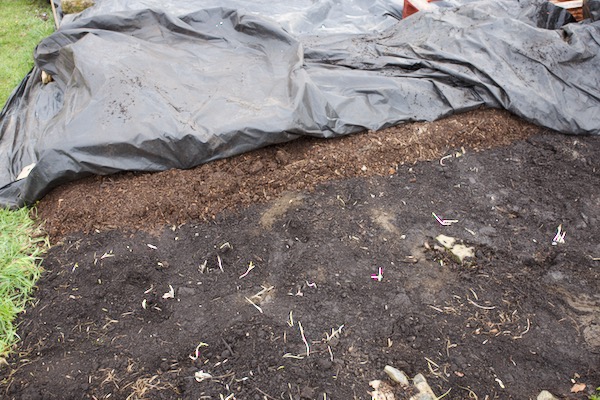
Pest Control
I have been caught out! We generally suffer some damage to plant roots from wireworms, which can live in soil for up to four years and are the larvae of click beetles. I’ve not taken them too seriously until this autumn when they have done terrible damage to rye, for grain harvests next summer. The photos explain more.
With no dig, these pests are not exposed to the surface where possibly they might be eaten by birds. That however it’s not guaranteed and I would still prefer not to disturb the soil because it would damage other inhabitants. For me that outweighs potential reduction of pests. I know a farmer who cultivated regularly for nine years attempting to be rid of wireworm, yet he still suffered damage to new plantings, as well as all the damage he had caused to his soil.
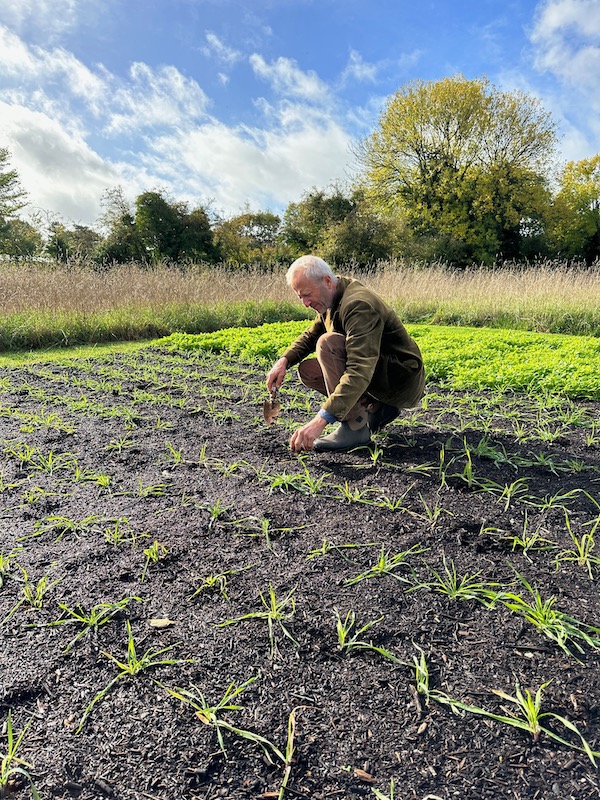

No Dig Success in a Dry Summer
Rhys has been a no digger since 2007. He read my frost book, came on a day course and was one of the main contributors to my forum in those early days. There were not many of us practising no dig in those days, and I really appreciated Rhys’ comments and contributions.
He’s a thoughtful guy and likes to analyse and understand what’s going on with his soil and plants. His results this year have been wonderful, after the allotment site run out of water in July. Do have a look.
Rhys Jaggar, No dig in a year of drought 2022
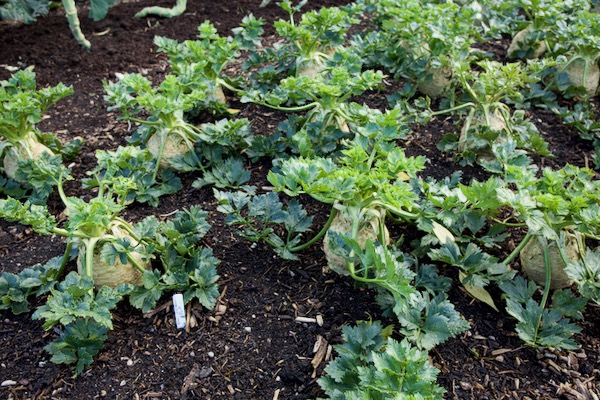
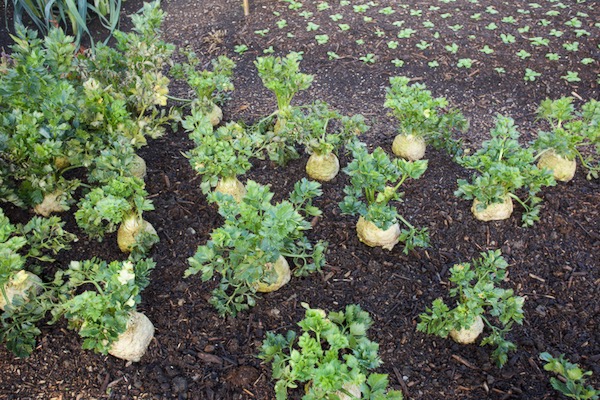
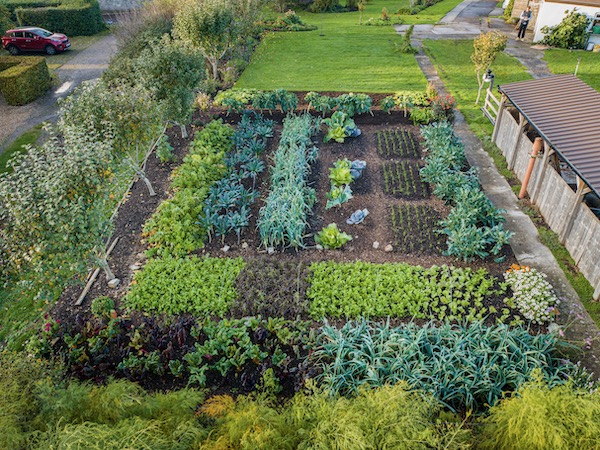
Autumn’s speedy growth – warmth not light
As Rhys comments, the amount of growth in a mild autumn can be phenomenal. And yet the day length is equivalent to mid February, during October’s last week. The amount of growth in autumn reflects temperatures being much higher than in February, and plants having strong root systems already in place, so that they can put on growth more rapidly.
Undercover
Growth in polytunnels and greenhouses is now significantly more rapid than outside, thanks partly to wind protection. It’s not about frost reduction because plants in a polytunnel will freeze on a cold night, due to warmth escaping rapidly though the only-thin sheet of polythene. I actually leave the doors open at night (except in gales) because some movement of air prevents the temperature dropping too low.
One thing that’s important is to clean your plastic, so that all the precious winter light can enter.
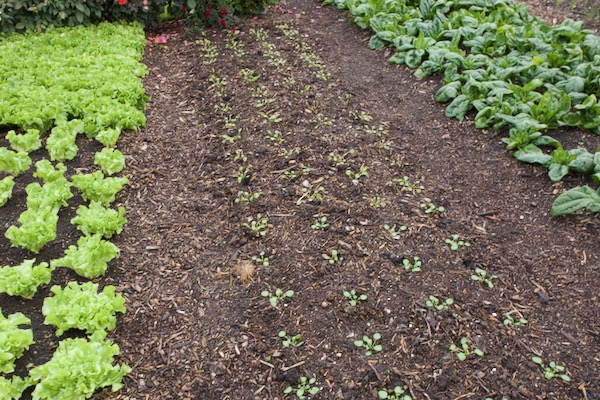
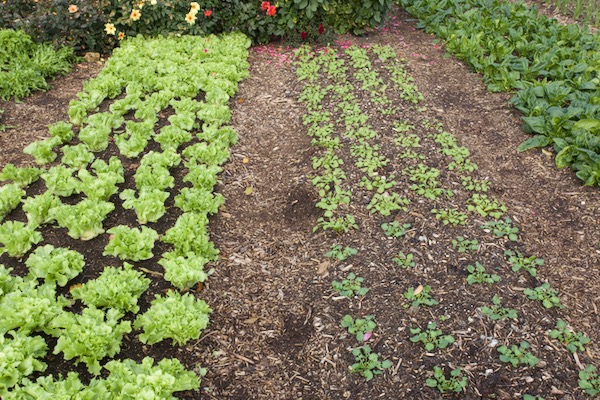


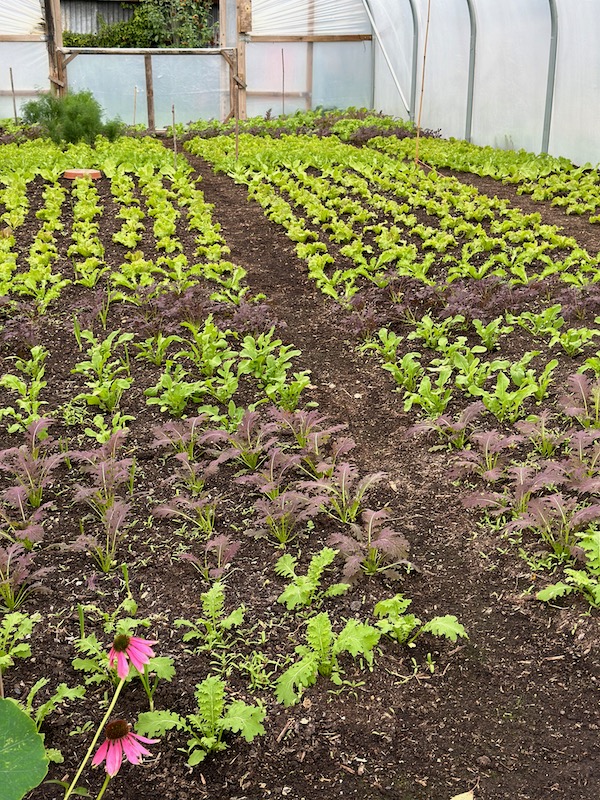









































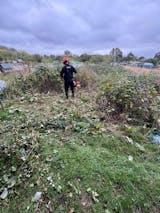
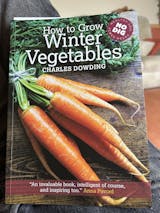


0 comments